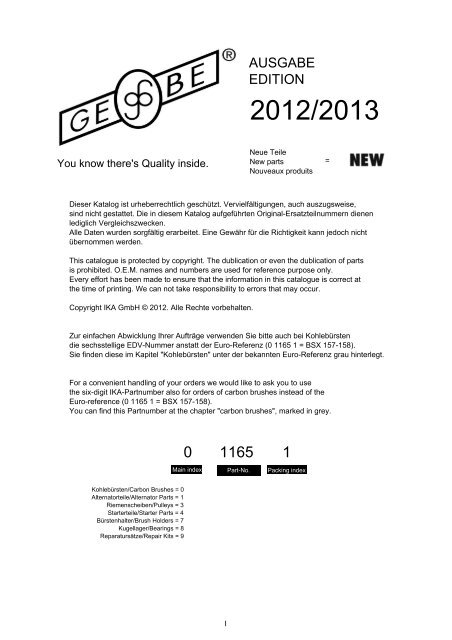
(did you know the gauge was double glazed?)

Connect the SCL (clock) to the Arduino pin marked D7.The display has 4 connections - VCC GND SCL SDA Also use thin stranded flexible wire so you can bend and twist it as needed. Make sure you leave these wires long enough to give yourself working room 15-20cm long is great. To make the display fit inside the case, I had to remove the presoldered header pins and replace them with 4 wires. Next, you will need to connect the display to the Arduino. The source code is available from me, send me a message on the forum with your email address and I’ll sent it to you.
SIEMENS VDO N 02 012 195 SOFTWARE
Start by programming the Arduino (ATMEGA328) using the Arduino software - there are hundreds of websites devoted to this topic so I won’t repeat them here. Other websites/sources can provide similar products, just ensure the display is the same - and uses the I 2C communications protocol - not SPI.
SIEMENS VDO N 02 012 195 SERIAL

So, this project uses a tiny computer (AtMega328) and an organic LED screen.

I spent many hours decoding the old signals and determining what they mean, the result is the knowledge to be able to build an adapter and understand the original LCD protocols.įor those that are interested, the original LCD appears to use a chip similar to PCF8562 ( ) The next problem is that modern displays “talk” differently, so an adapter is needed to convert the old signals into new. Unfortunately, VDO’s original display (LPH3930-2) is custom made for them, and can’t be purchased, so rather than trying to repair the original LCD display, I’ve chosen to replace it with a modern alternative. The fault is due to a ribbon cable attached to the LCD display using a process known as chip on glass - practically impossible to repair without specialist tools/knowledge.

These gauges have a tendency (fault!) to intermittently display the hour counter, eventually the display is permanently blank.
SIEMENS VDO N 02 012 195 HOW TO
Useful instructions on how to calibrate the gauge (once its working!) My tach is a 0-4000rpm, with digital hour counter and inductive pickup from alternator. My tachometer is marked with the following model numbers, so this guide may work on other models of similar vintage (2004). As promised, heres a description of how to repair the hour counter on a VDO tachometer gauge (also used on Volvo Penta)


 0 kommentar(er)
0 kommentar(er)
